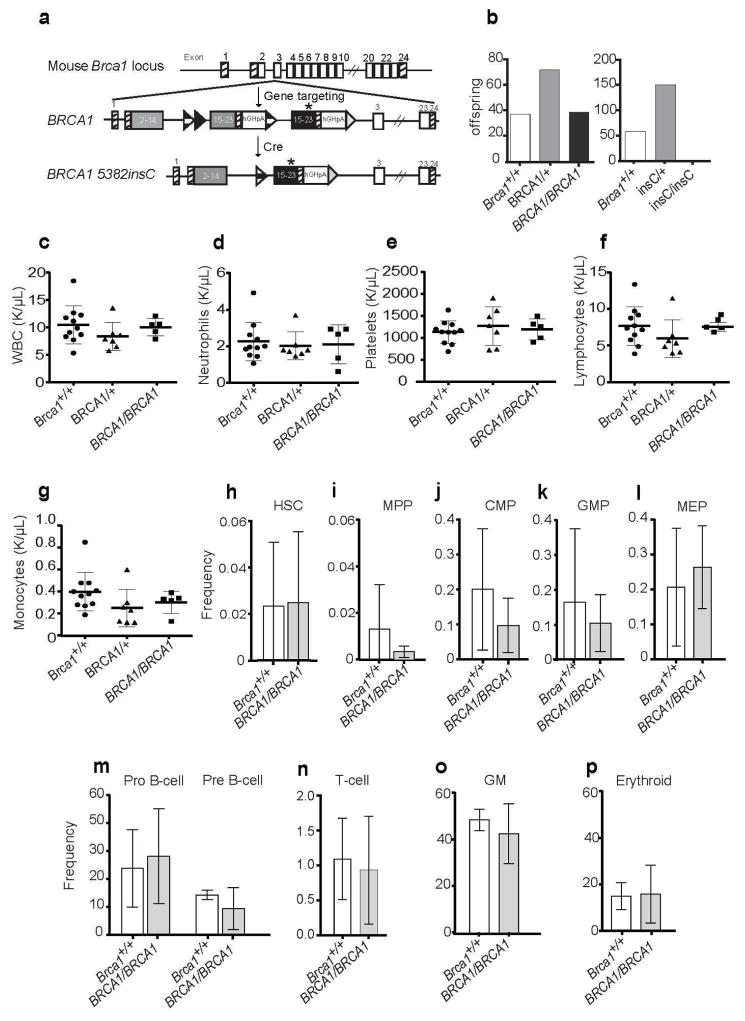Figure 4. Humanization of the Brca1 allele with wild type BRCA1 or BRCA1 5382insC knocked-in cDNA sequences.
(A) Targeting vector used to knock BRCA1 into the Brca1 locus. This allowed for humanization of the Brca1 gene with a wild type BRCA1 or the BRCA1 5382insC point mutation. (B) BRCA1 5382insC knock-in is embryonic lethal. (Left) Number of offspring and the genotypes produced from 15 heterozygous Brca1BRCA1/+ mating pairs. (Right) Number of offspring and the genotypes produced from 30 heterozygous Brca15382insC/+ (InsC) mating pairs. (C–G) Blood counts from wild-type control mice (+/+; n=11), homozygous Brca1huBRCA1/huBRCA1 (BRCA1/BRCA1; n=5) and heterozygous Brca1huBRCA1/+ (BRCA1/+; n=7). (C) White blood cells (WBC), (D) neutrophils, (E) platelets, (F) lymphocytes and (G) monocytes are shown.(H) HSCs, (I) MPPs, (J) CMPs, (K) GMPs (L) MEPs (M) B lineage cells, (N) T lineage cells, (O) myeloid cells, and (P) erythroid cells in the bone marrow of control (+/+; n=3; white bar) and Brca1huBRCA1/huBRCA1 (BRCA1/BRCA1; n=3; light grey bar). Statistical significance was assessed using a two-tailed Student’s t-test. There were no significant differences between the genotypes.

